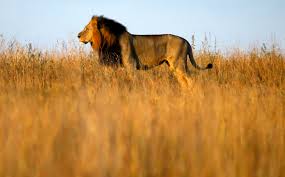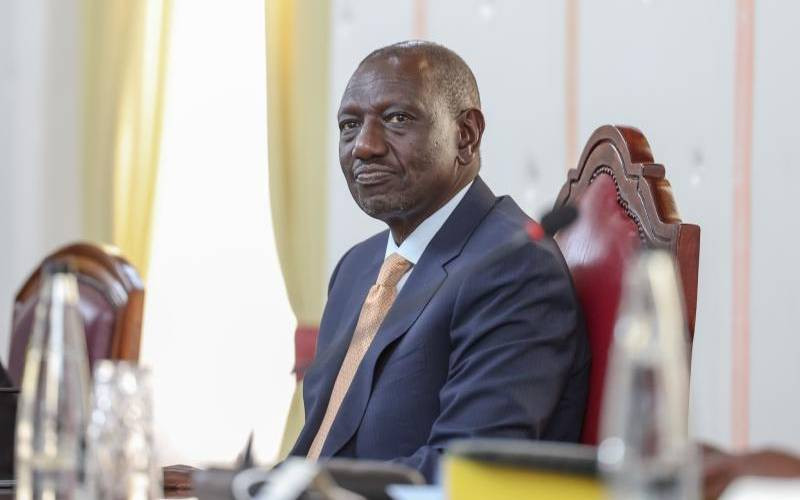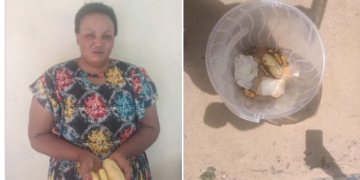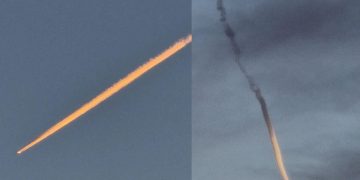A 14-year-old girl has been killed by a lion on the outskirts of Nairobi, Kenya Wildlife Service (KWS) has confirmed, in a chilling reminder of the delicate balance between human habitation and wildlife conservation in the region.
According to KWS, the teenager was attacked and taken from a residential compound located on a ranch bordering Nairobi National Park. The horrifying incident unfolded after another teenager raised the alarm, prompting rangers to respond swiftly.
Following the trail, KWS officers tracked the lion’s footprints to the Mbagathi River, where they tragically discovered the girl’s remains. The victim was a primary school pupil, and her identity has been withheld as investigations continue.
The lion responsible for the attack has not yet been located. However, KWS says it has set traps and deployed multiple search teams to locate and contain the animal. In the meantime, heightened security measures have been implemented in the surrounding areas to prevent further incidents.
“This is a deeply tragic event, and our teams are on the ground working tirelessly to ensure the safety of nearby residents,” said a KWS spokesperson.
Nairobi National Park, located just 10 kilometers from the city center, is unique in being a wildlife reserve so close to a major urban area. It is home to a wide range of animals including lions, giraffes, leopards, buffalos, and cheetahs. While the park is fenced on three sides, its southern border remains open to allow for wildlife migration — a design that occasionally brings wild animals into close contact with local communities.
Human-wildlife conflict is not uncommon in Kenya, especially in areas adjacent to protected reserves. However, fatal attacks on people remain relatively rare.
This latest tragedy comes just days after another fatal wildlife encounter, where a 54-year-old man was killed by an elephant in Nyeri County, approximately 130 kilometers north of Nairobi. The man sustained critical injuries after being attacked while the elephant grazed in Mere Forest. Despite being rushed to hospital, he succumbed to his injuries.
In response to the twin tragedies, conservationist Dr. Paula Kahumbu, CEO of WildlifeDirect, called for urgent reforms in how wildlife risks are managed.
“These deaths are not isolated,” she said, urging KWS to enhance real-time monitoring of wildlife movement and behavior, particularly in known high-risk areas like Savannah Ranch, where the girl was killed.
She also emphasized the importance of prevention through better infrastructure:
“All lodges, camps, and residential developments near wildlife habitats must be equipped with anti-predator deterrent systems — including lights, alarms, secure fencing, and even anti-predator sprays,” she said. “Prevention is our first and best line of defense.”
As authorities continue their efforts to find the lion and support the grieving families, the incident has reignited calls for a reassessment of how communities and wildlife coexist, especially in Kenya’s rapidly urbanizing landscapes.







































